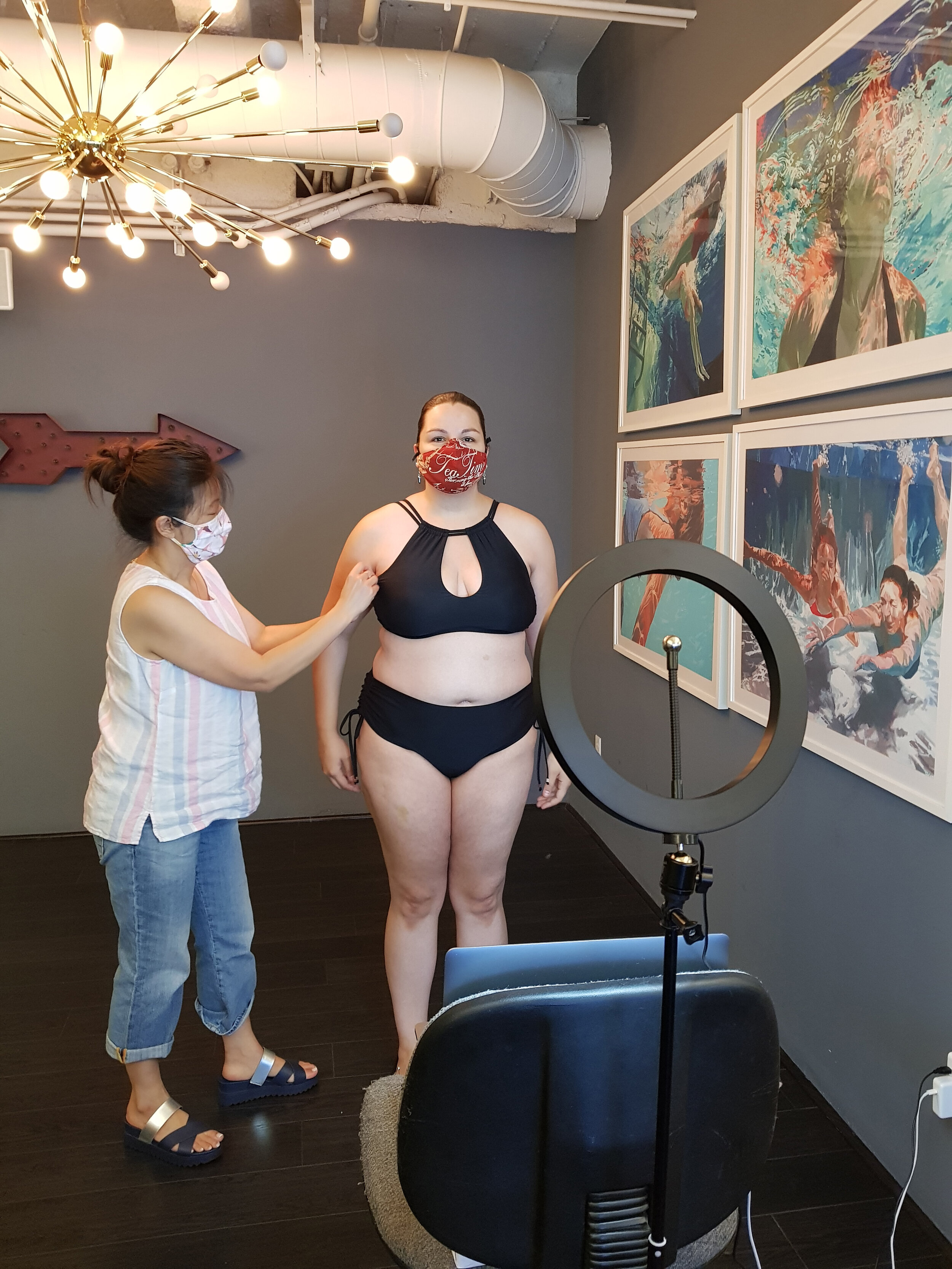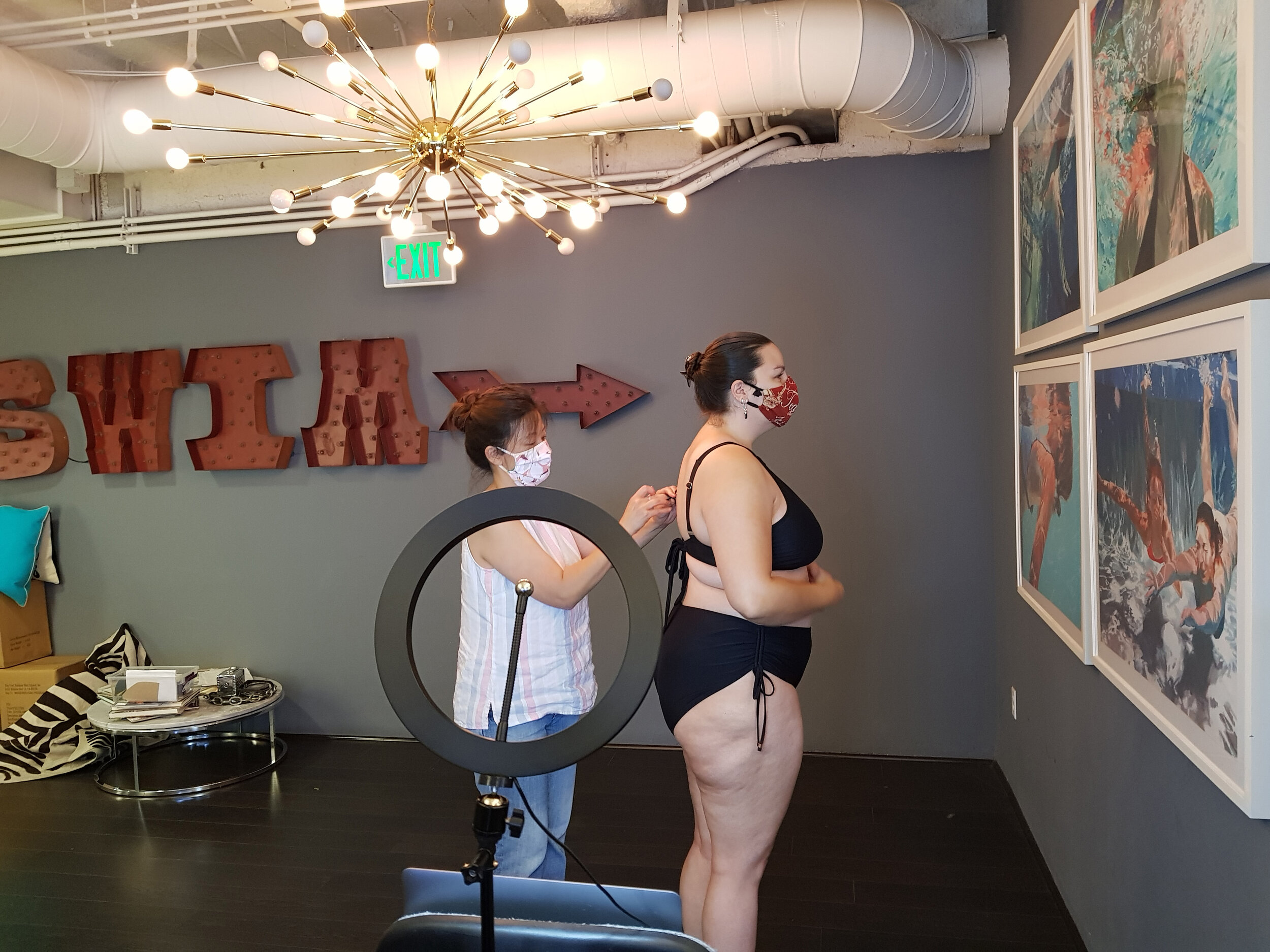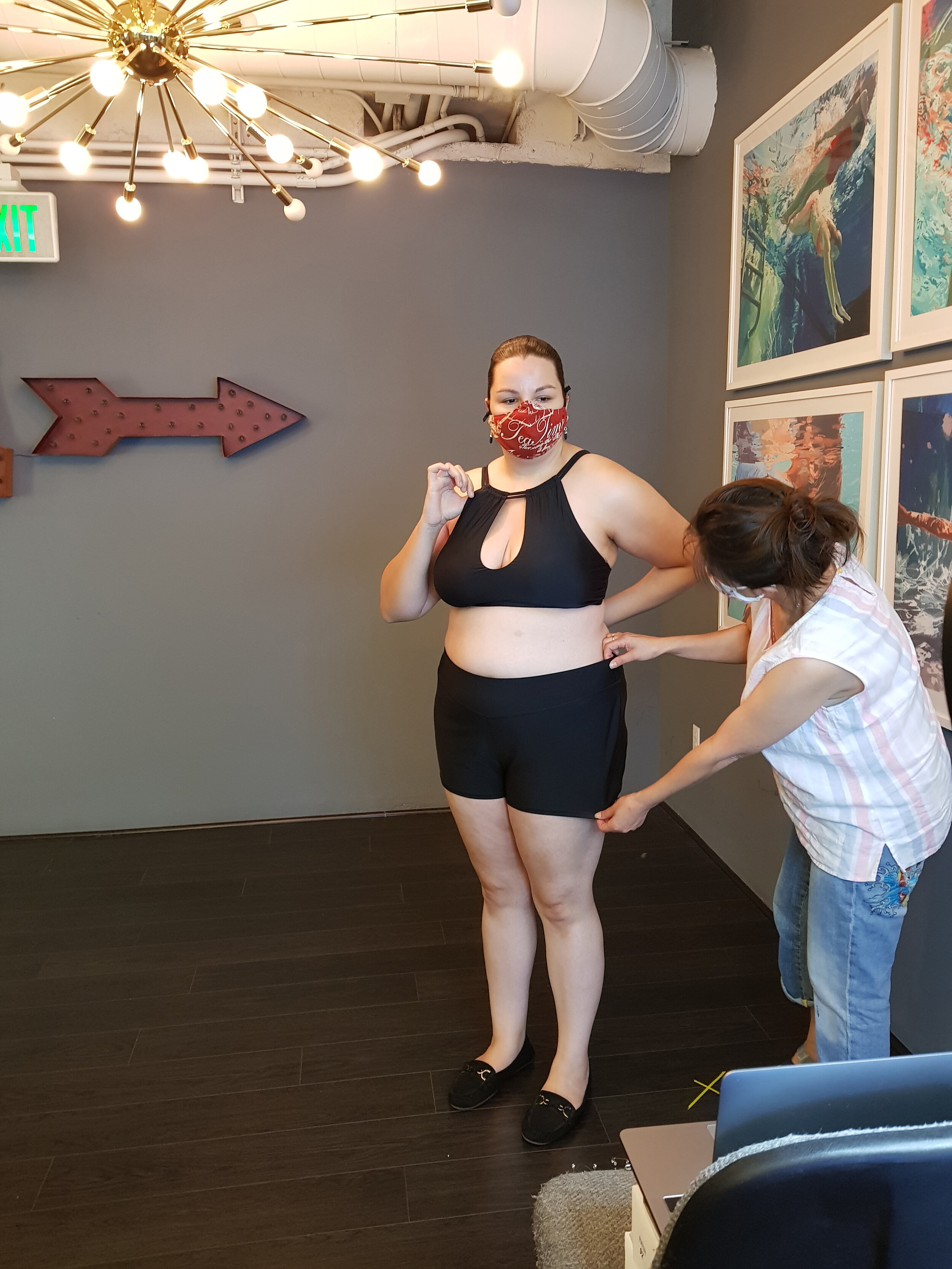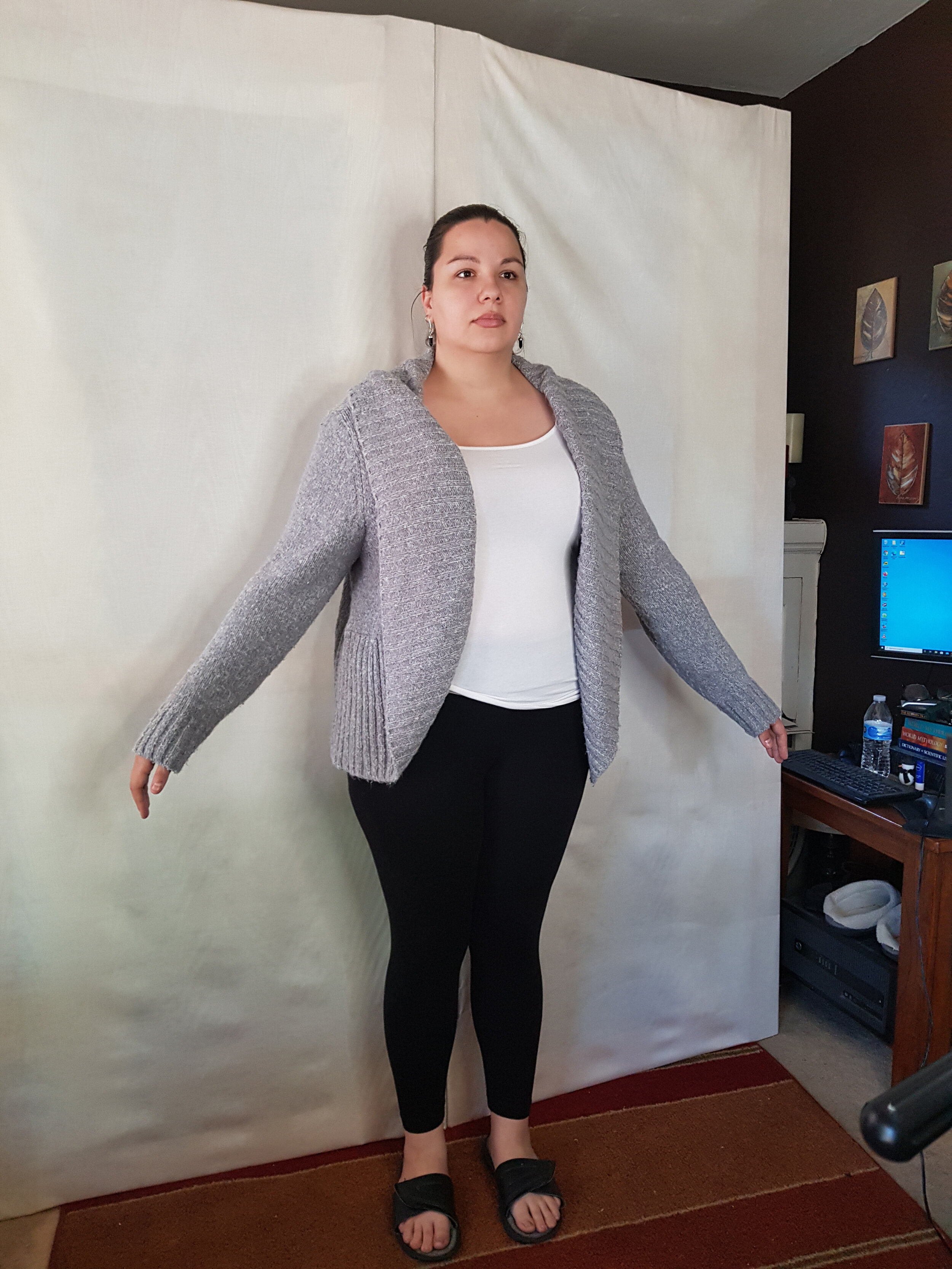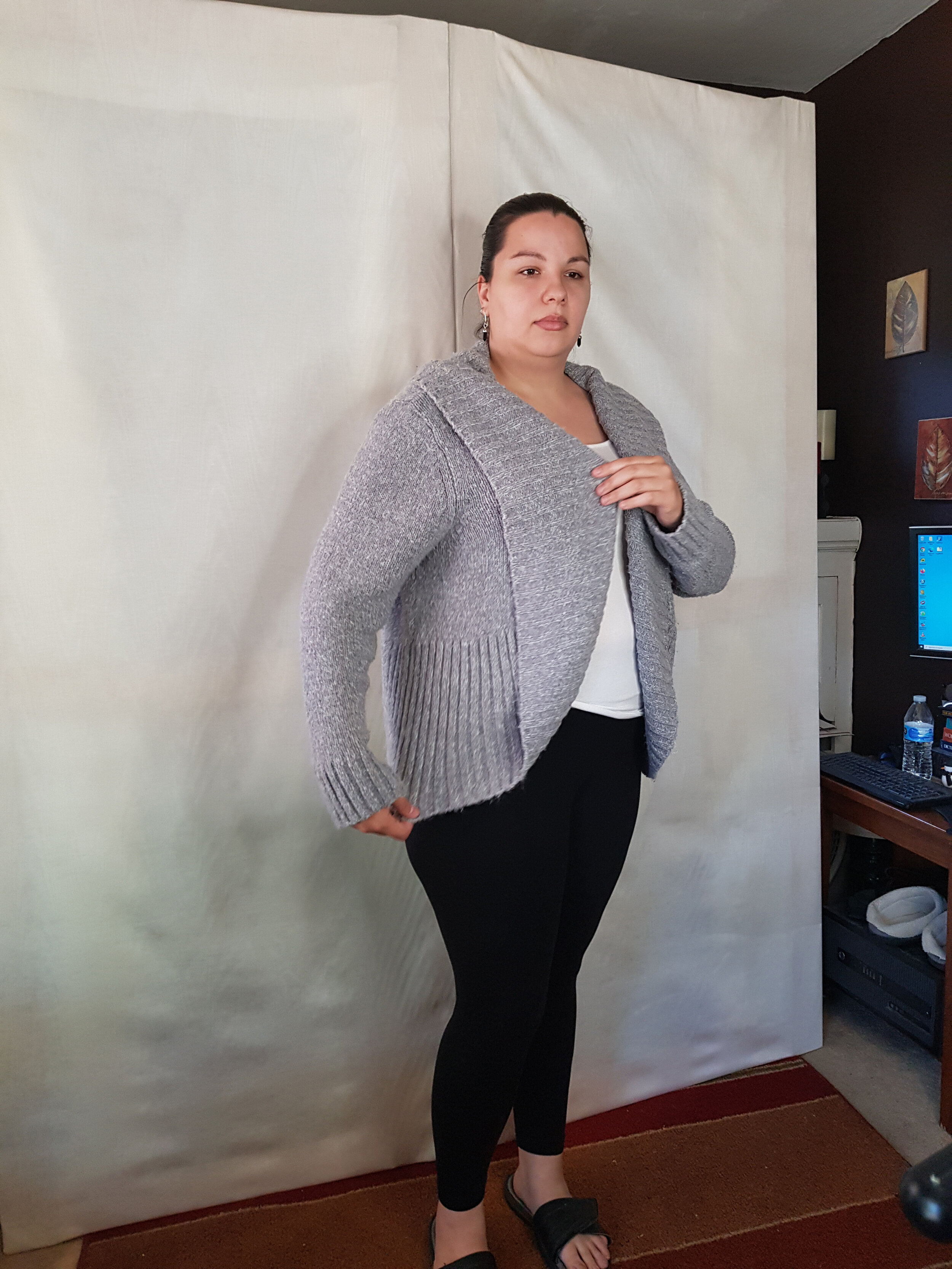Fit Modeling 101: Terminology and Your Role in the Production Process
Want to read this article on Plus Model Magazine? Click here!
So now you are a fit model! Congratulations! Now what? Some of you may have some experience in the fashion industry, some may not. Here is a quick overview of some fashion production terms you may come across and knowing these terms will help you give concise and helpful feedback for the designers and technicians.
ONE THING FIRST
I have met many fit models and we have all had the same initial question: what do I say? What do they want to hear from me? So picture this: they have hired you to be a hypothetical customer for their garments. They want to hear what you like and don’t like about the garment you are trying on: is the armhole too small? Are the sleeves too long? Are the pants too tight in the seat? Are the buttons on the chest popping open when you move around?
You may think “I don’t want to complain or sound whiny.” I understand, but remember this, if you are looking at the garment in the store and there is some little detail that would prevent you from buying it (loose button thread, twisted hem, itchy fabric) that is information that will help them.
“You are being hired to help the company lessen returns.” – Shalon Dozier, The Dozier Agency
The company you are fitting for wants as few returns as possible. Anything that will bother you as a customer, they want to hear.
Okay! For this article, I’m going to cover the stages of fitting a sample.
First Fit
A First Fit is just that: it is the first physical sample of that garment that the design and tech teams have received from the factory based off designs and patterns. For this first stage you should question every little detail about the garment that bugs you! The more changes they make with the first sample, the fewer reiterations and new samples they have to make.
Again, you may not want to sound like you are complaining so here is where you use a bit of diplomacy. Here is an example:
The waistband is sitting really high on you and its unflattering. Personally, you think it’s ugly: DO NOT SAY THAT! That is not helpful.
You say: “Is this garment supposed to be high waisted or empire style?”
Designer: “High waisted.”
You: “Well, it is sitting at an odd spot on me, can it be lowered?
Your comments should be constructive without being derogatory to the designer’s style. It may not be your style, but you should give comments as if you would buy it.
Second/Third/Successive Fits
With the successive fits, it is helpful if you remember what the previous comments were. If you do not, that is okay! You can always ask the Techs what the changes were from last time. Then you should check everything that bothered you about the garment before.
Special note for plus size models!
Often within a company, the plus styles are based off of a style that sells well for their standard/Missy sizes. They want to be consistent, so occasionally you might need to ask how the same style looks on their standard/Missy model so they do not look too different.
PP – Pre-Production Sample
This sample is almost ready to be cut and sewn at the factory, so at this stage they cannot make too many changes. Especially no big pattern changes! The fabric has already been purchased and any minor pattern adjustments will affect their costs. You will want to look for the little things: bad sewing, crooked hems, back length needs an inch, etc.
If they are major problems with the garment (ie. measurements are very off, wrong fabric, requested changes not made) they will sometimes request a second PP sample.
TOP – Top of Production Sample
This sample comes from the factory in the beginning of production so they can check the factory’s quality. No major changes are possible at this point so you will mainly be checking the sewing quality.
Again, if there is a major problem, it needs to be brought to Design’s attention immediately!
Here is a worst-case scenario example that actually happened to me:
This company ordered a style of top in four different colors. On me, all four tops fit differently and all four had different sleeve lengths. One top even had two different sleeve lengths! The left sleeve was past my knuckles and the other was 3/4 length. In this case, Design and Management was called in to review the garments and found them unacceptable and the order was cancelled.
QC – Quality Control
These garments have been finished, shipped, and stocked in the company’s warehouse. The QC is the last step before the garments are shipped out to customers or distributors. No changes can be made but they can watch for certain call-out that might be reasons for returns: loose buttons and threads, uneven ties, crooked stitches, etc.
Some QC you try on will be reordered in the future! Either in a different color or in a slightly altered style. Here is where you mention that some issues could be fixed for the next order.
LAST NOTES
Just a few last notes for you!
1. Get a feel for the designers’ style and aesthetic and that will help you give better feedback! Does this designer tend to make their garments more high waisted? Looser fit? It’s the little details that help you improve!
2. Roughly eight times out of ten, there is nothing they can change about the fabric. So, if it is itchy let them know, but due to costs they may not be able to change that. Depending on the company, their first and even second and third samples may not be the final fabric.
3. Remember you are fitting for an average size. You might be bigger or smaller in some areas that other people your size. If you are on the tall side, remind Design and Tech that you are tall, and that garment should also accommodate a shorter person. Keep this first and foremost in your mind, especially if you know there is an aspect of your body that is not “average.”
Okay! I hope this was helpful to all of you! I know I threw a lot of information at you, but you will be okay. I did not know all of this at my first fitting or even my twentieth, but you will learn as you go along and pick up all the little nuances on the way. I wish you all the best in your fitting careers!
- Alia Parise

